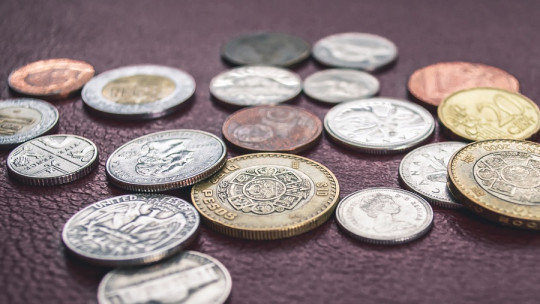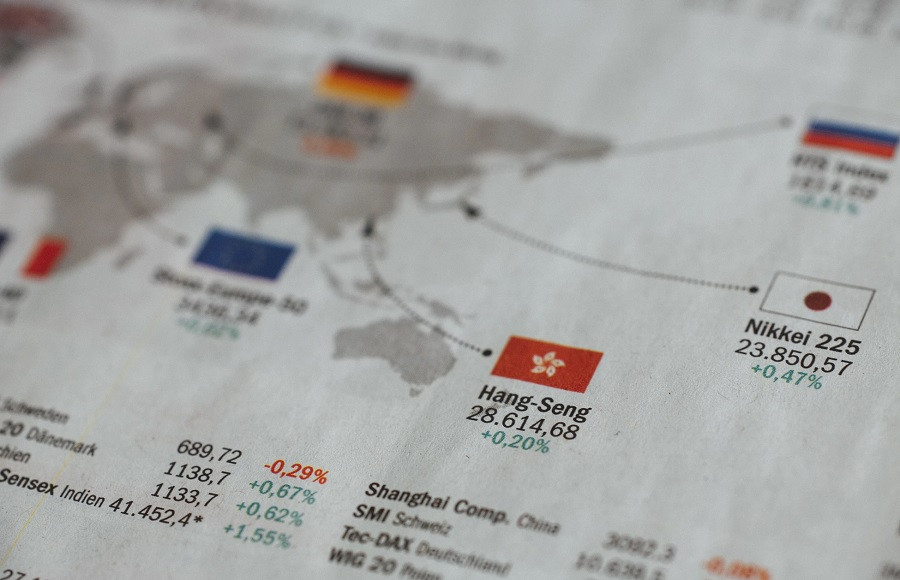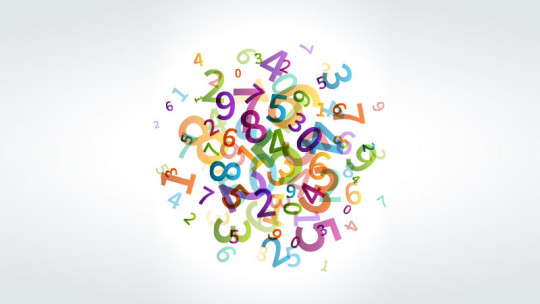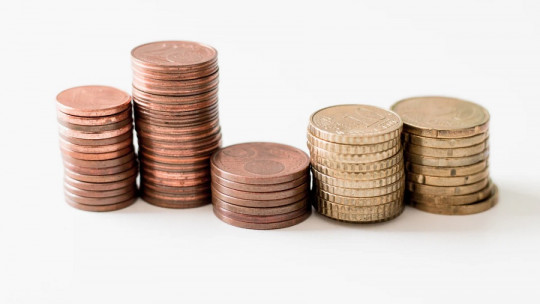
Economics is such a broad science that we can establish several different types of classification of its models.
Through these paragraphs we will be able to stop at some of the most frequent methods of cataloging types of economics, seeing the peculiarities that distinguish each of the types of economy based on the selected criteria
The most important types of economy
The types of economics make up a fairly broad topic that can be talked about at length. Depending on the context to which we refer or the criterion that we have established as a differentiator, we can obtain very different classifications. This does not mean that some are more valid than others, but rather that according to our needs we must choose the one that best represents the typology we want to handle at a given moment.
1. Classification according to market systems
If the point we are interested in analyzing is the concept of property, the market and economic authority, we can make a first distinction between various systems or types of economy. Let’s see what they are about.
1.1. Free market
Firstly we would find capitalism, a prevailing doctrine in most Western countries, which is characterized by the free market and the application of private property to all goods and a large part of the available resources In this system, the market is regulated based on the supply and demand that exists at any given moment with respect to a good.
The greatest exponent of this economic model would be the United States, a fervent defender of capitalism and a freely regulated market.
1.2. Socialism
On the other hand we would find socialism, in its purest conception. Is about a planned economic system in which the State is in charge of intervening in the market to guarantee basic services and goods, these being more important than the right to private property.
This doctrine has an even harsher version in communism or Marxism, where the State is not only the means of regulation but also controls all the means of production. Let us remember that this model belongs to the purest socialist approaches, since the socialism that we find in Western countries is widely integrated into the capitalist doctrine and therefore does not intervene in people’s private property.

1.3. Mixed model
There is a third type of economic system, the mixed model. Said model advocates maintaining a free market but under rules imposed by public administrations, so they and not the market itself would be in charge of regulating the behavior of the latter. This model is also known as Keynesianism.
1.4. Traditional economy
A final economic model would be the market model. It is what we find in less complex societies. In this case, Economic agents are regulated through the patterns established among them by their customs and beliefs The character of the market is also local, for a small group or company. This is the type of economy that existed in the West before the emergence of states or more complex societies.
This system is the simplest and can only respond to economic problems of little complexity. Furthermore, it generates a type of economic relations that produces limited benefits, so it is not likely to reinvest that money in improving production processes. Currently we can find this model in very underdeveloped societies that frequently need the help of more prosperous countries.
2. Classification according to scope
Another different way of classifying the types of economy is the one that It has to do with the scope of this field In this sense, we would find two subtypes, which would be the following.
2.1. Microeconomics
Within the economy, microeconomics would be the part in charge of develop models that explain the behavior of individual agents such as the companies themselves, their consumers, employees and investors. Furthermore, microeconomics studies how all these elements are related, making up the market. When carrying out economic analyzes we would obtain data about the goods and their prices within the aforementioned market.
2.2. Macroeconomy
The other great typology that we would obtain when using this criterion is macroeconomics. This is the other type of economy and studies the behavior of economic agents on a large scale In this way we can analyze complex economies, check employment data, goods produced, patterns of price behavior in markets, resources for production or even obtain data on the balances of payments of large administrations.

Distinction according to valuation
Another way to distinguish between different types of economics would be the objective or subjective point of view that we establish to evaluate the different economic data. If we opt for this classification system we would obtain these models.
3.1. Positive economy
The positive economy is the one that exposes the different economic issues as they are objectively In this model, value judgments are not established on said data and therefore we cannot talk about good or bad results, but rather we will present the figures in a neutral way. For example, we could mention that Spain’s GDP is a certain amount of euros, but we would not go into assessing whether that figure is good or bad.
The same thing happens with unemployment rates, the development of a certain industry, interest rates, pensions, investment in any field or, in short, any other data or economic indicator. This type of economics serves to make predictions of consequences based on the data we have. All data must be objective and verifiable, since we work with it in a neutral way.
3.2. Normative economics
On the contrary, we have normative economics. Unlike the positive, In this case, a subjective perspective is given to the economic data and therefore we can speak of a low or high GDP, of worrying or hopeful unemployment data, of satisfactory or insufficient investments, or that interest rates are very good or are suffocating.
Unlike positive economics, in the regulations It is about presenting the economy as it should be, not as in fact it is Regulations are where value judgments and therefore personal opinions come into play. Economic indicators are frequently distorted by different political factions, so that with the same numbers some find reasons for celebration and others for concern and blame.
4. Different models according to the terms of the definition
Academically, another distinction is used within the types of economics that has to do with the terms that we assume to define each of these models. Following this policy we can learn about two other different models that we will define below.
4.1. Orthodox economics
According to this distinction, the conventional model would be that of orthodox economics. It is the most common way to teach economics academically The criteria taken into account for this model are rationality, individualism and balance. According to this model, economics is presented as an exact science, which explains the behavior of the agents involved in this field from a rational perspective.
By extension, the results must be predictable and therefore the models developed should allow us to anticipate the different behaviors of the markets.
4.2. Heterodox economics
Faced with this rational model, we have another type of economy, the heterodox economics model. Its main pillars are the institutions, the history itself and the social structure of the market in question Compared to the exact science proposed by the previous model, in this case we would be talking about a social and therefore subjective science.
According to heterodox economics, economic agents can sometimes behave in a completely unpredictable way, which is why predictive models have many limitations and we must always keep in mind that the results we have anticipated could be very far from reality if any of the agents decides to behave in a different way than we have estimated.
5. Differentiation according to theory and practice
The last distinction that we find to classify different types of economics is given by their type of action as to whether it is merely theoretical or, on the contrary, practical. Therefore we would have two different models.
5.1. Theoretical economics
The nomenclature is quite clear. Theoretical economics is that which is used to the creation of different models that, on paper, can explain the behavior of economic agents and markets
5.2. Empirical economics
On the contrary, there is a type of economy, the empirical one, in which The different theoretical models are tested on the ground in order to verify their effectiveness Logically, this way of acting has a limited scope, since experimentation in real environments with an element as delicate as the economy represents a series of risks that cannot always be assumed.








